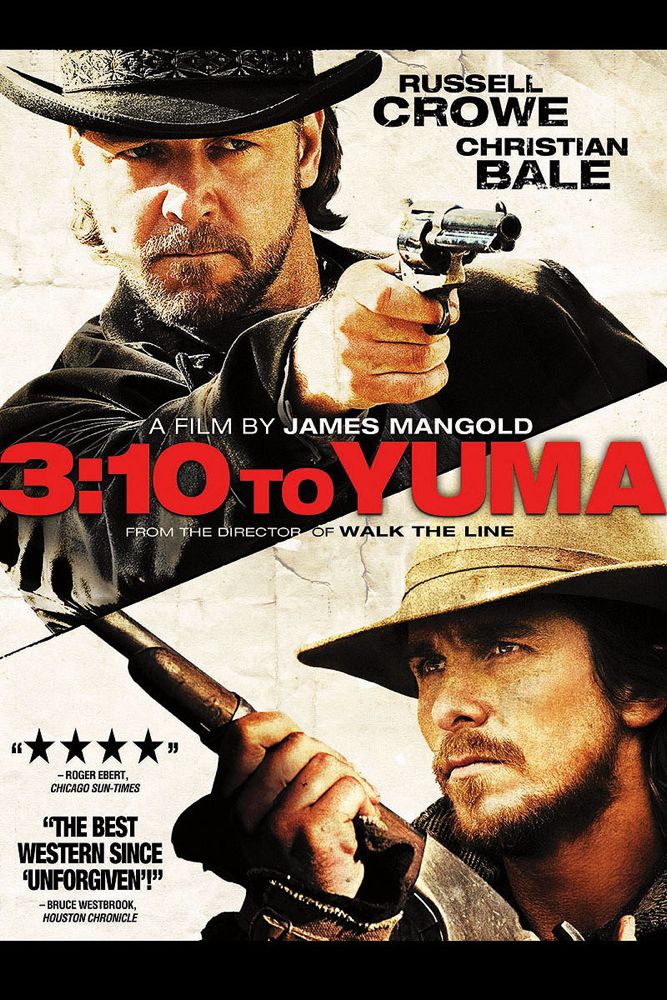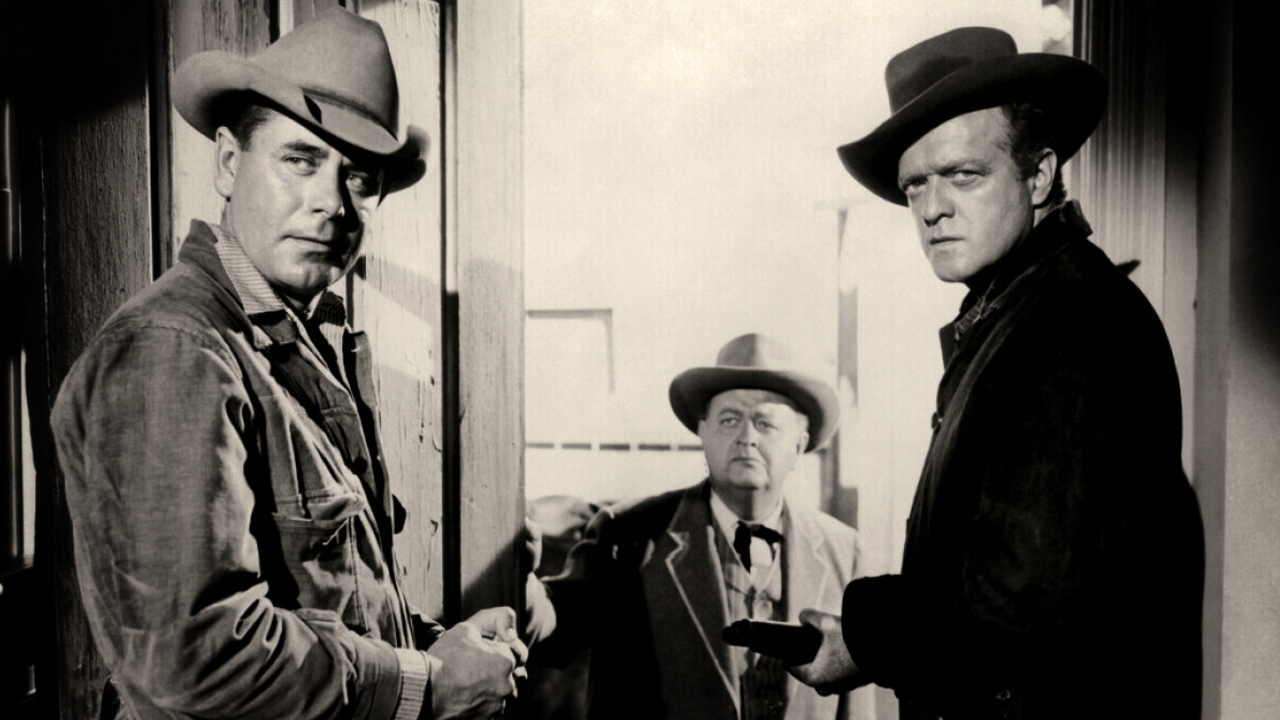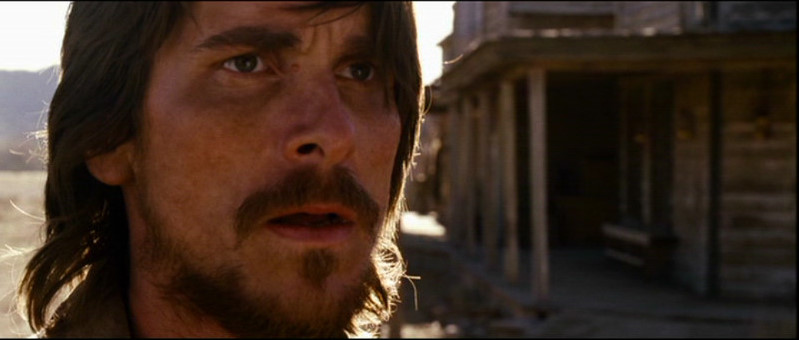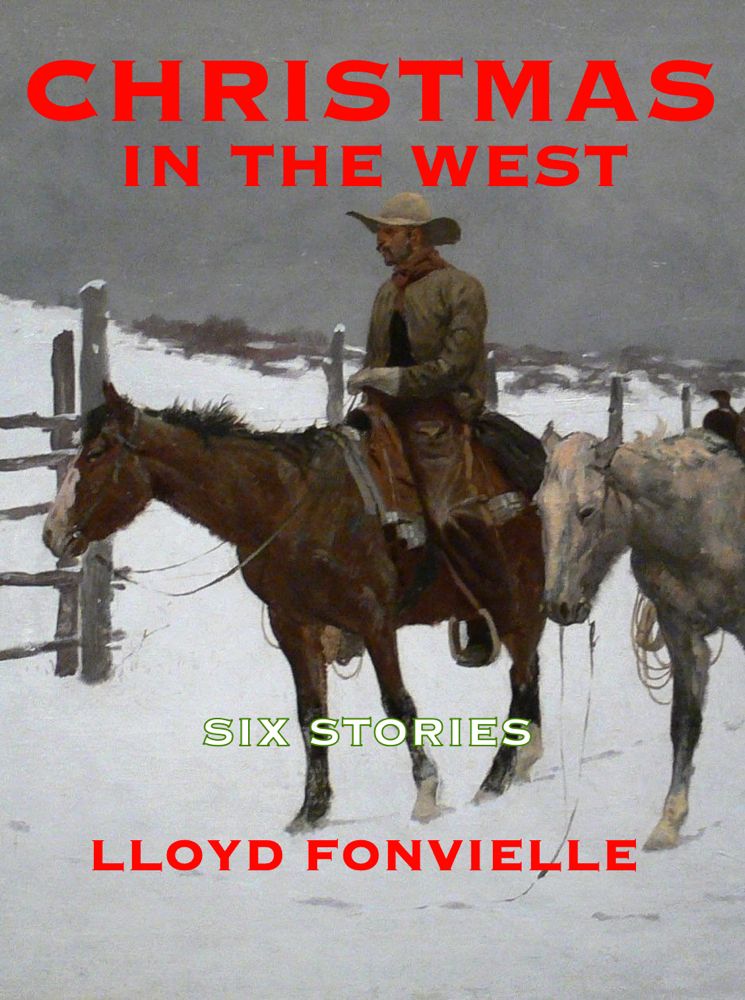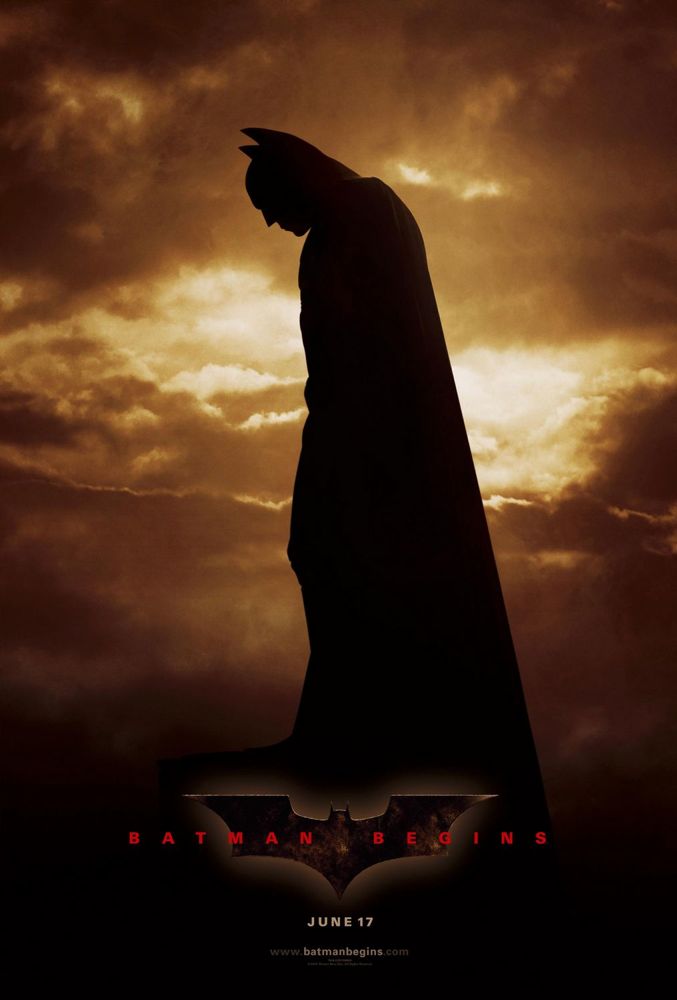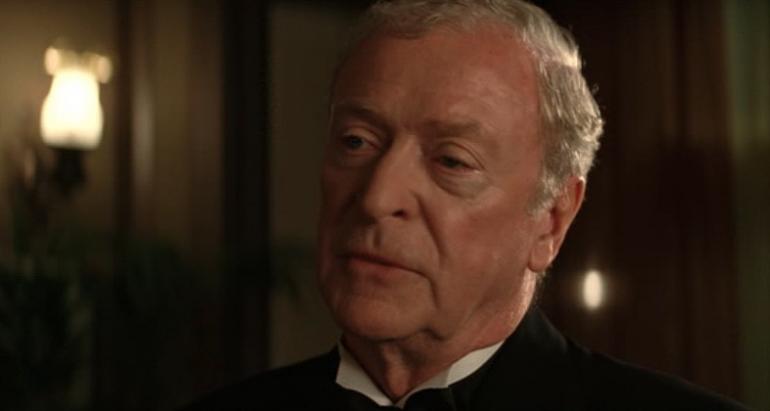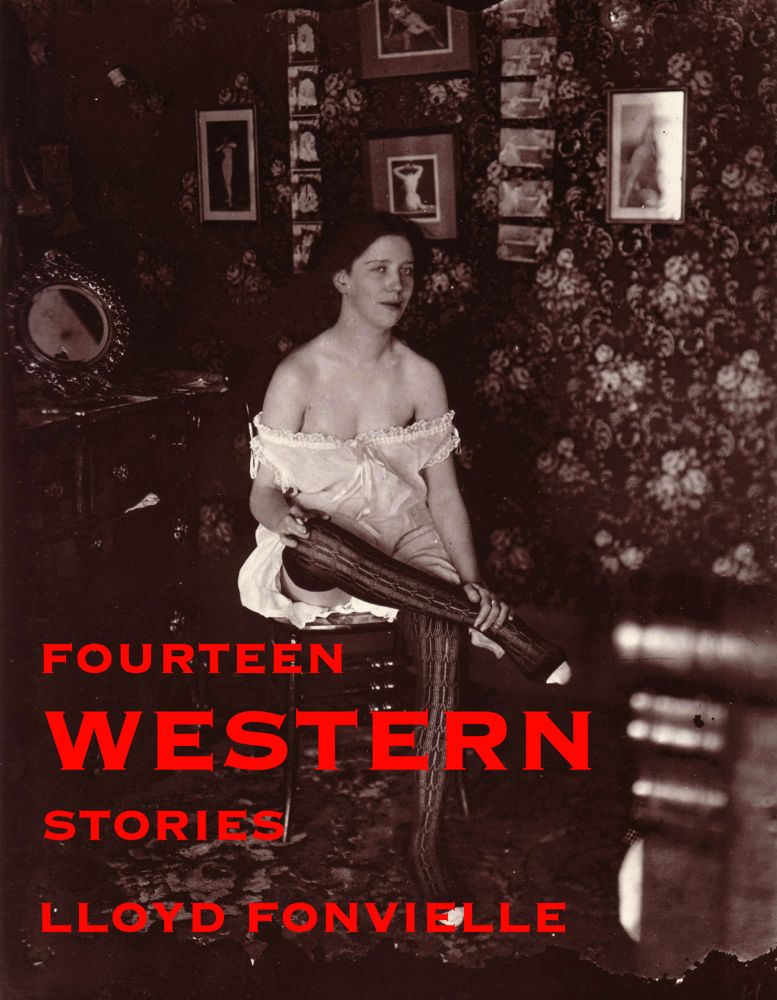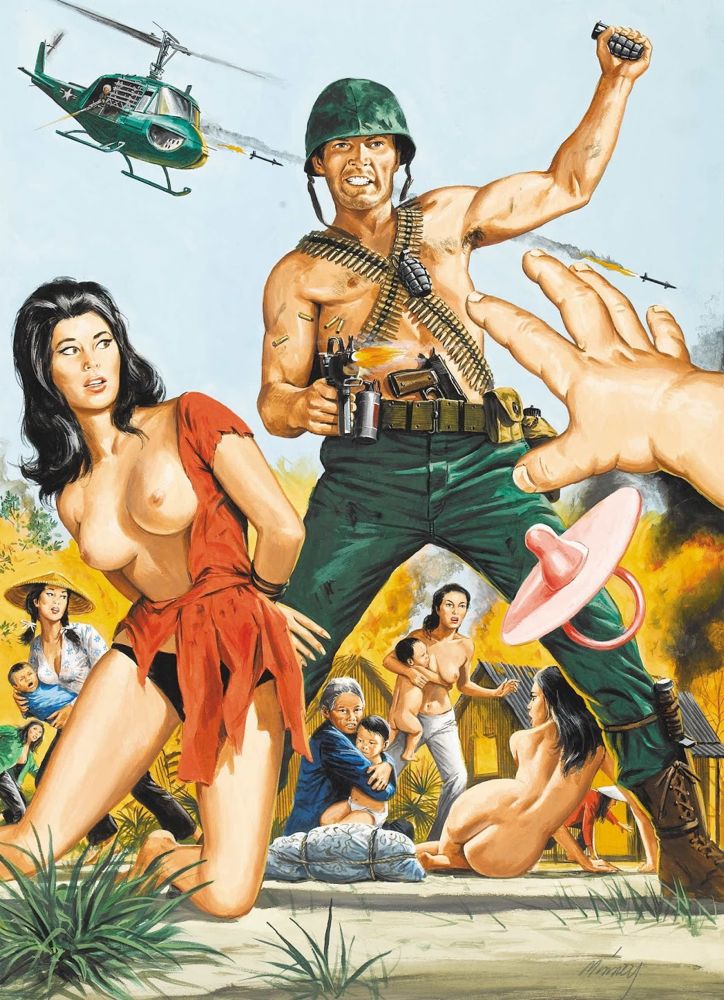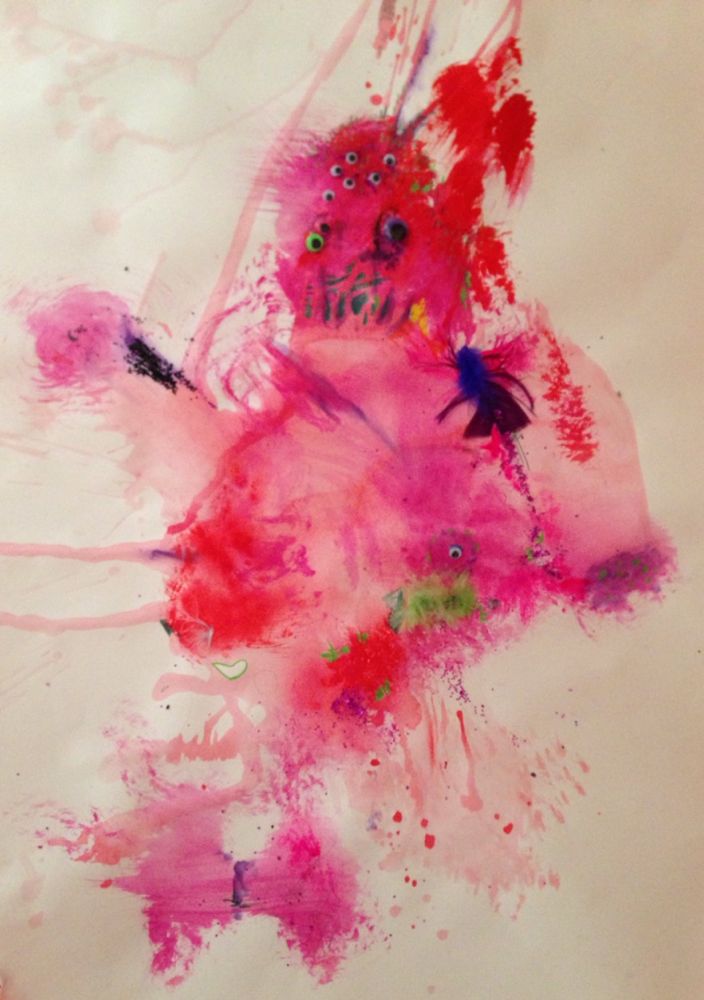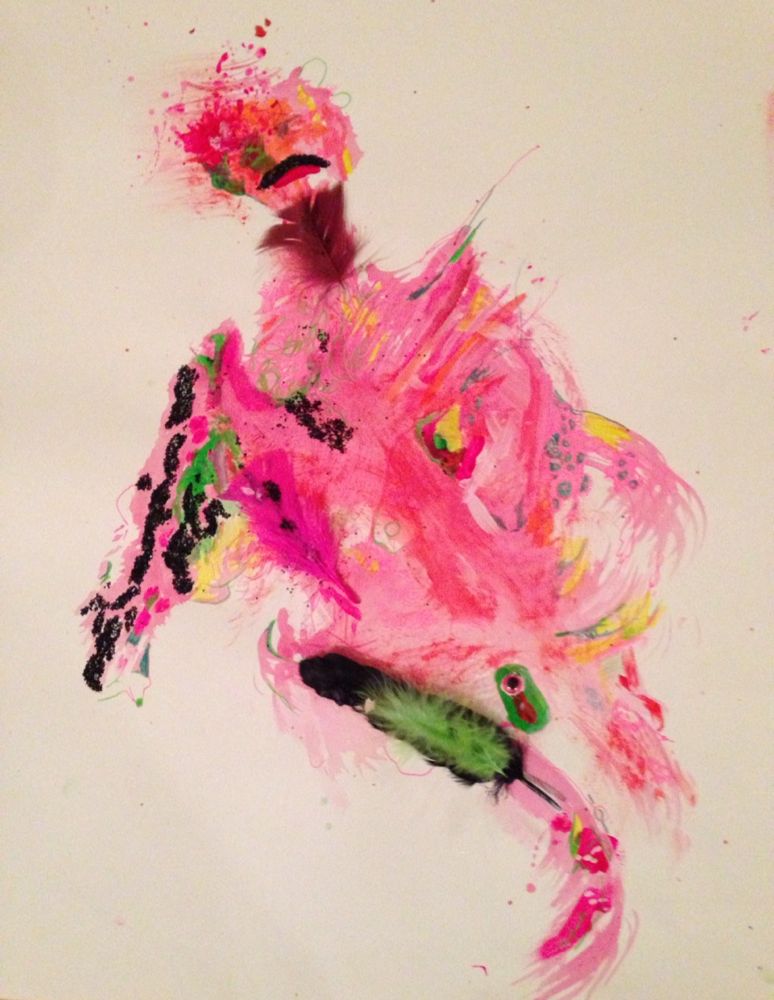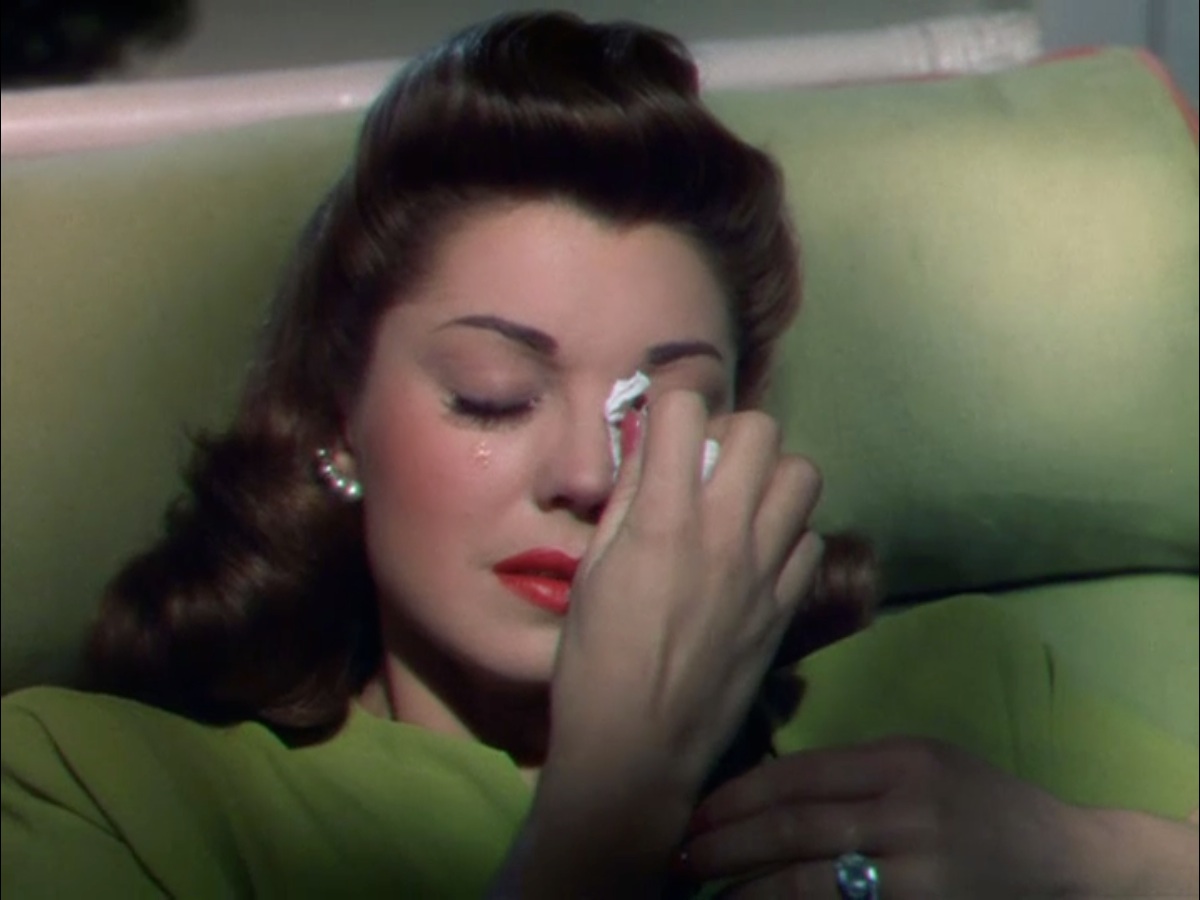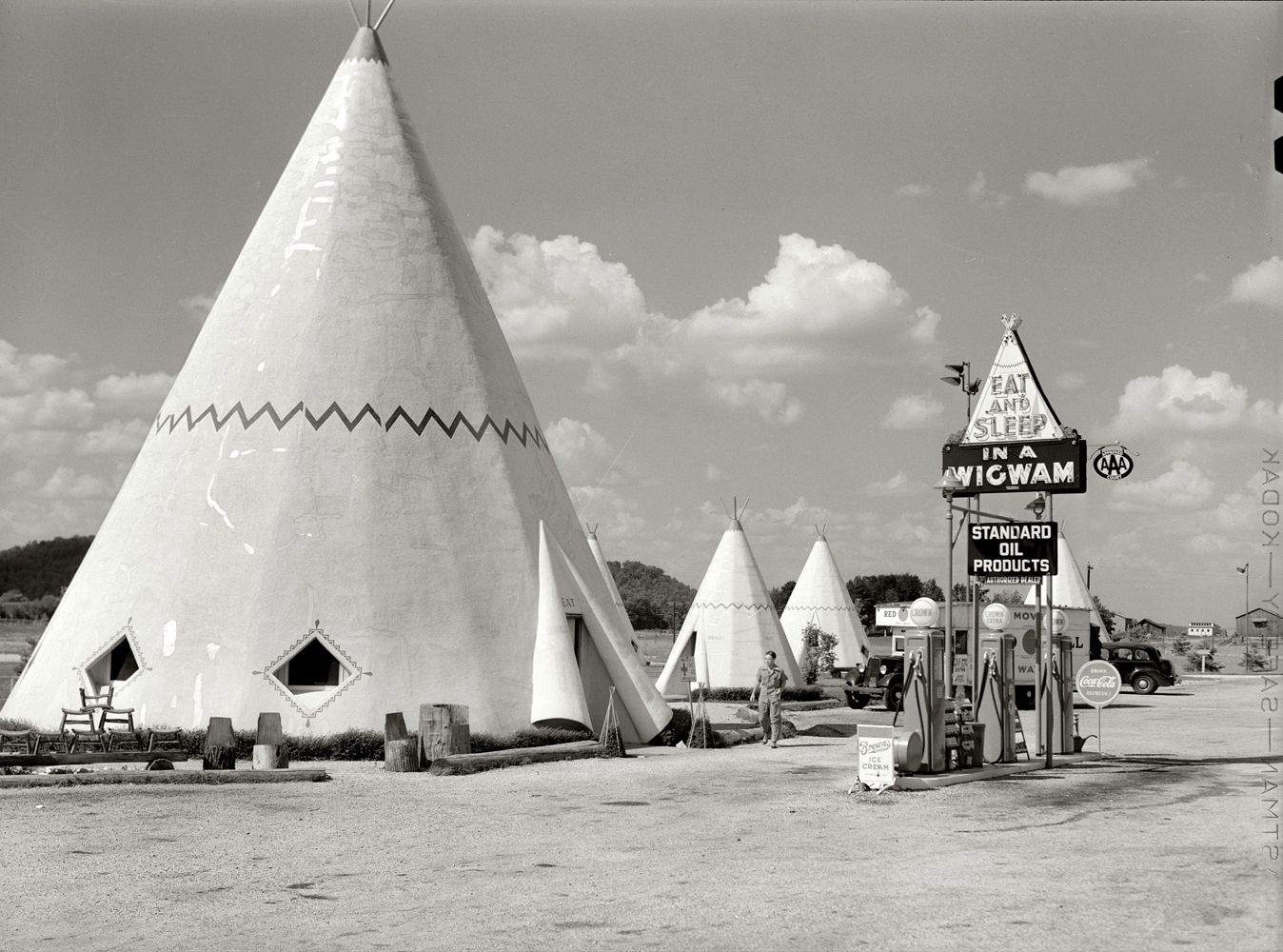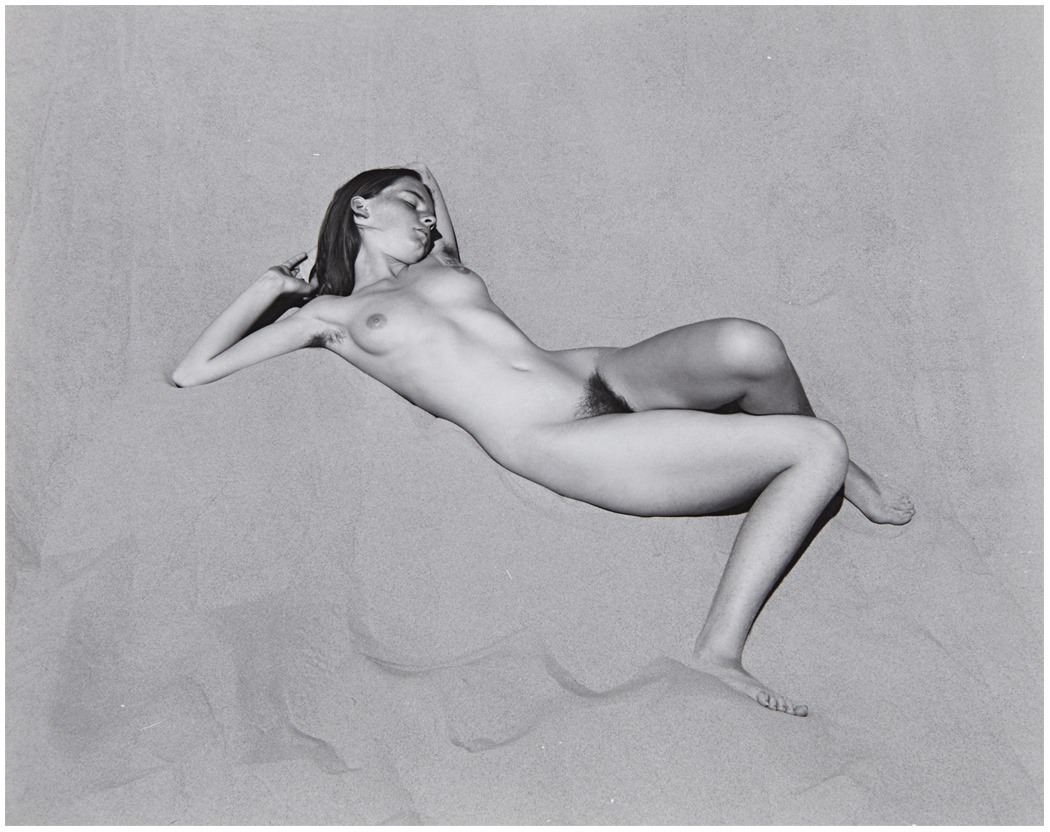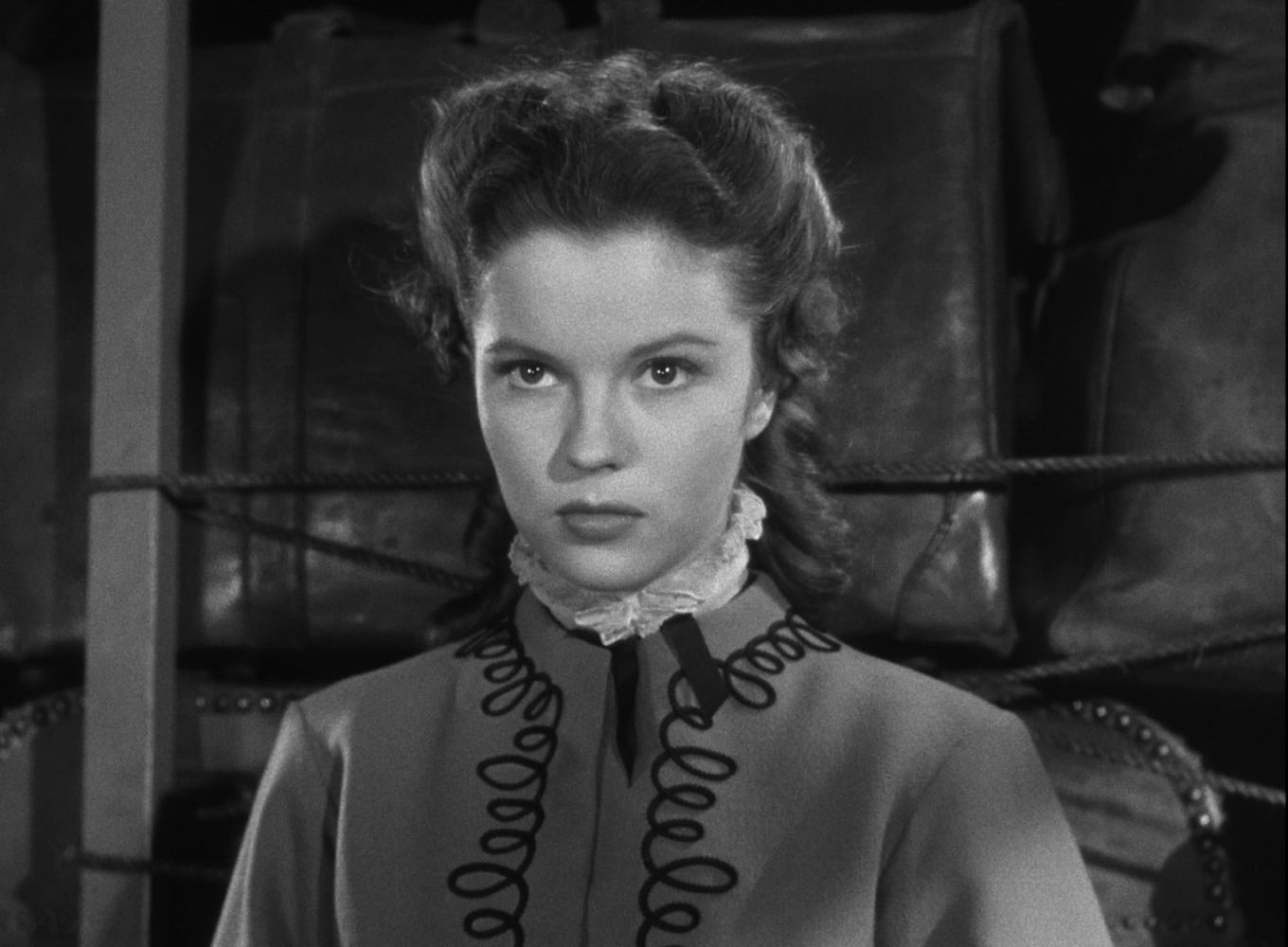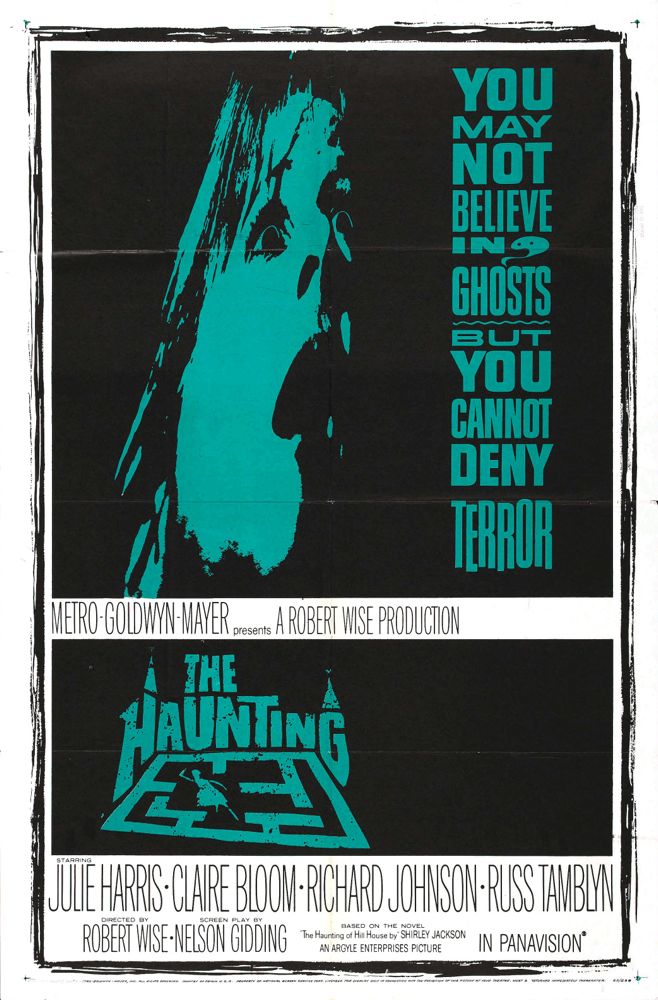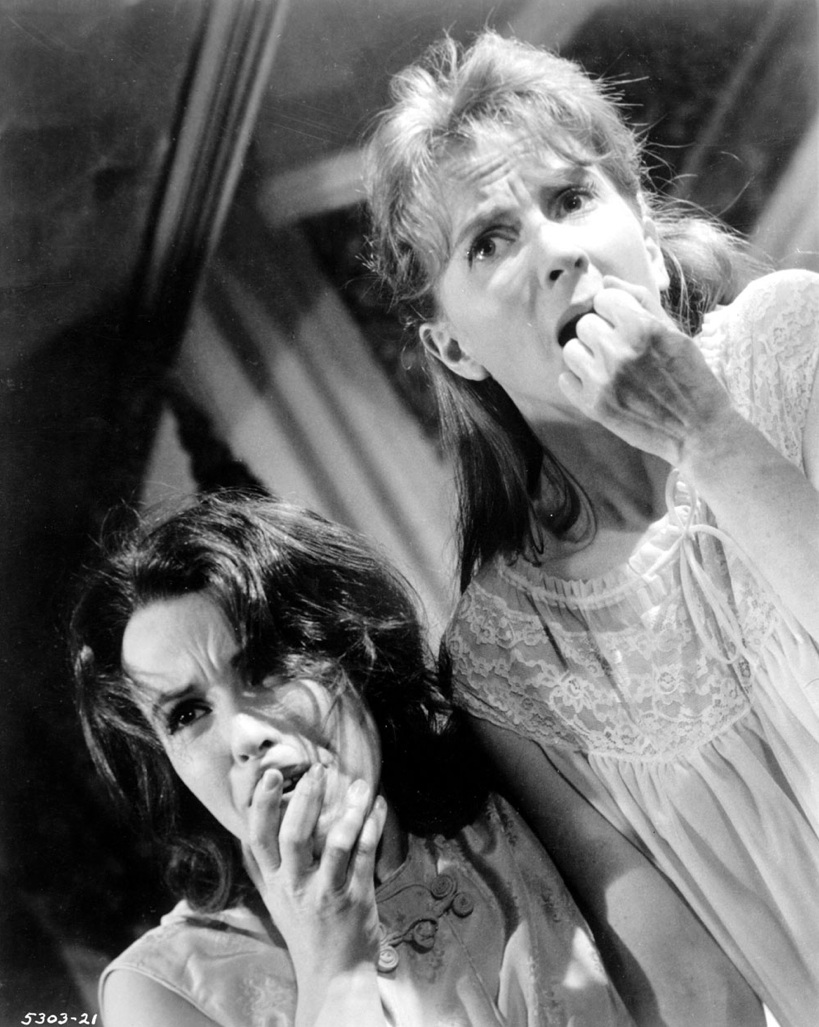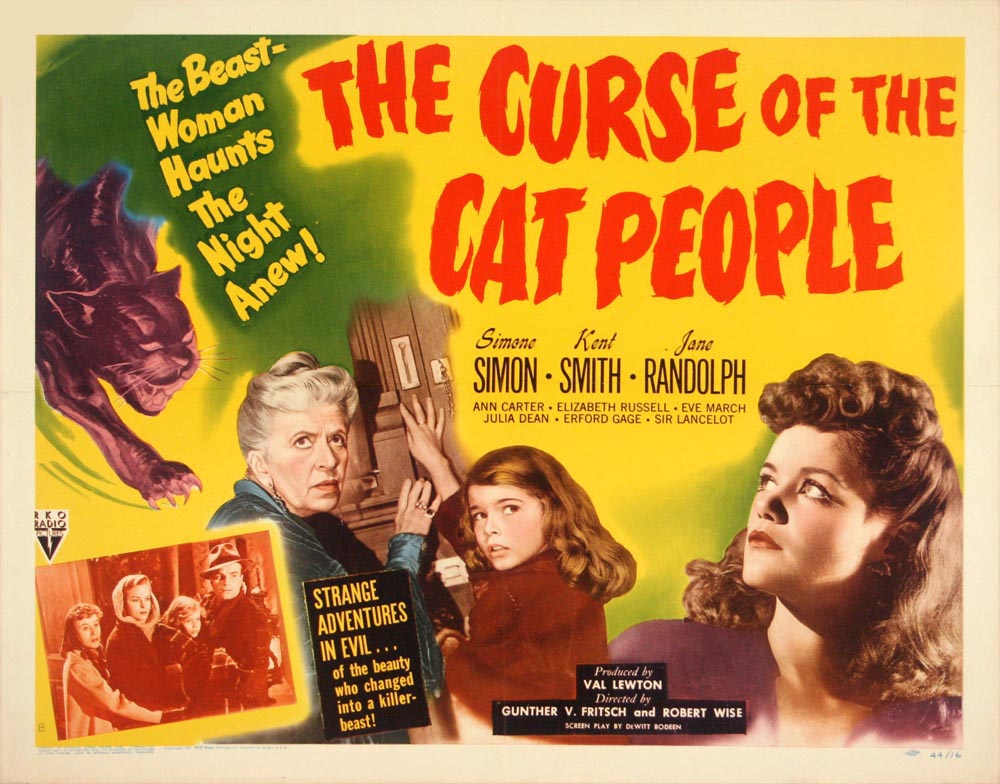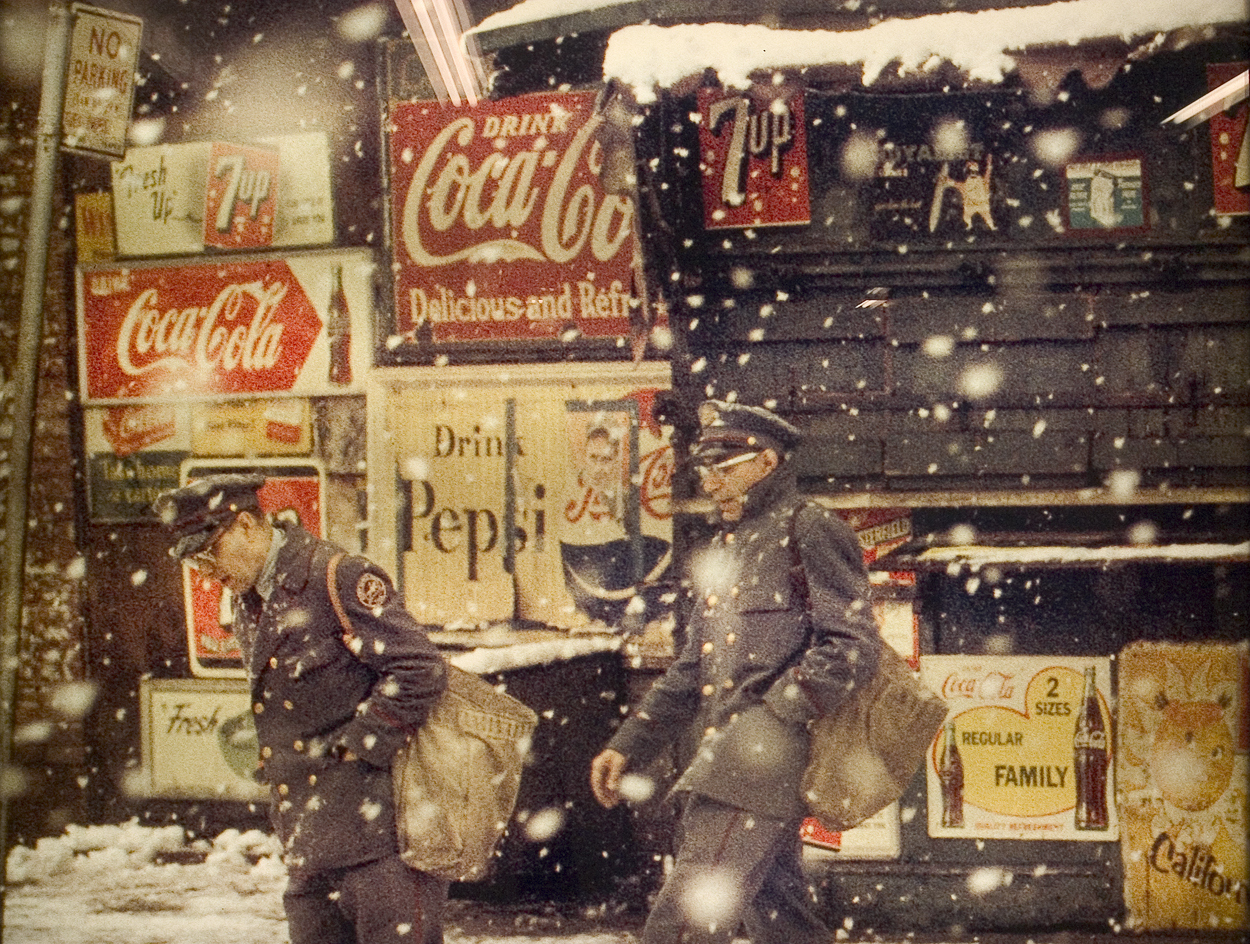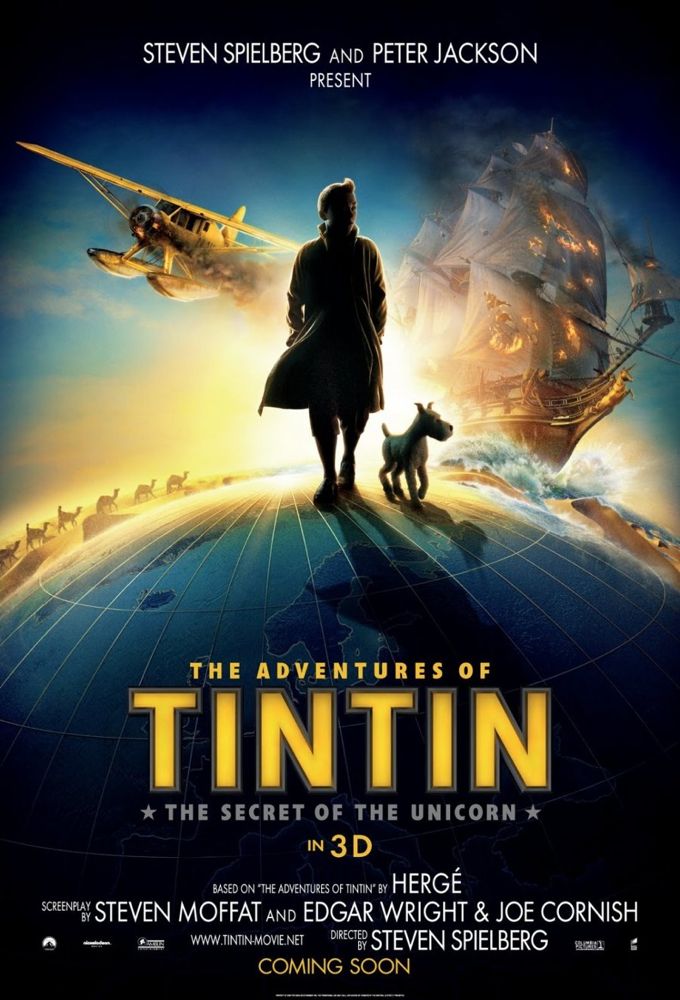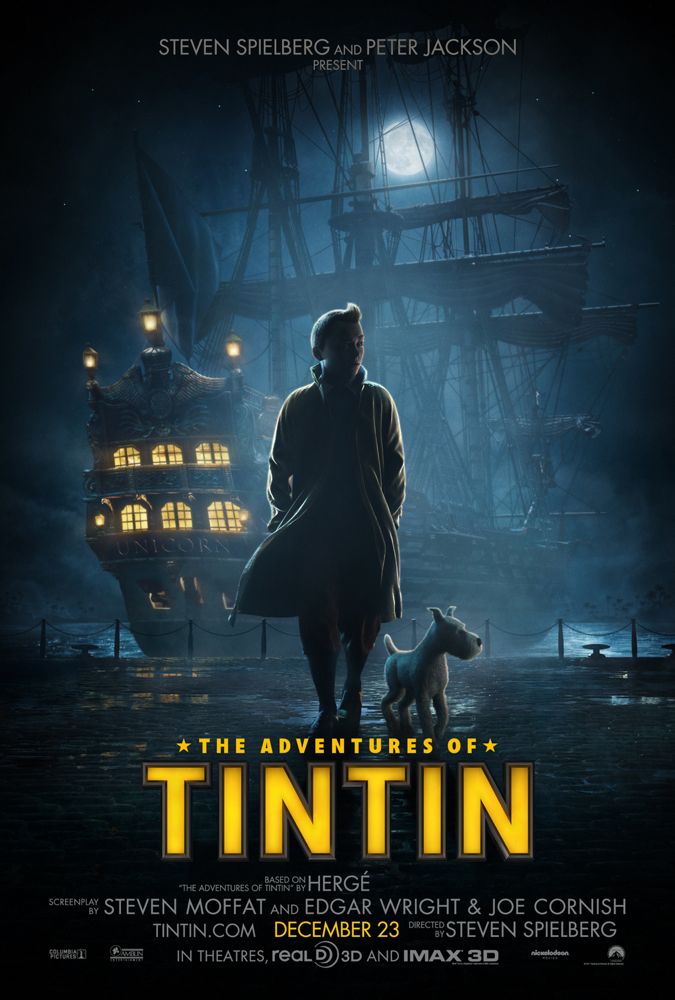The 2007 remake of 3:10 To Yuma had a very strong opening weekend, topping the box office with grosses around 14 million dollars. There were obviously a lot of people eager to see a remake of the classic Western.
Then it died, with receipts dropping off precipitously. In the end it barely made back half its production costs in rentals.
The reason for this is fairly simple. It was an o. k. film but a very bad Western. The core audience for Westerns which rushed out to see it wasn’t amused and killed the buzz and the film just wasn’t good enough to cross over to a wider audience without that core support.
[Warning — there are spoilers ahead . . .]
In the original film, and in the Elmore Leonard short story on which it was based, a beleaguered and somewhat timid rancher becomes a hero by getting a vicious killer to a train that will take him to prison. He does this against impossible odds and in the end single-handedly. It’s a classic Western tale of shame and redemption.
The director of the remake James Mangold says the original film had a powerful impact on him as a teenager, which is why he wanted to redo it, but he felt the need to make some improvements in it “for a modern audience”. So the rancher is beleaguered but only reluctant to fight back for perfectly honorable and sensible reasons, one of which is that he lost a foot in The Civil War. No shame, and thus no need for real redemption. The rancher does want to look good in the eyes of his son, who doesn’t understand his father’s apparent timidity.
Getting the outlaw to the train goes horribly awry in the remake, and the rancher succeeds in his mission only because the outlaw turns out to have a soft side and takes pity on him. After delivering the prisoner to the train, or allowing the prisoner to deliver himself, the rancher is shot in the back and killed. His son thinks he’s a hero, but he’s really a failed hero.
Christian Bale, who plays the rancher in the new version, says he likes the message of the remake, because “It doesn’t give you false hope — do the right thing, vanquish the bad guy and everything will be good.”
This is what James Mangold thinks a modern audience wants from a Western? In storytelling terms the approach is lunatic — like making a fairytale in which the young hero accomplishes a series of heroic tasks to win the hand of the princess, only to find out at the end that she’s run off with someone else. Wanting to confound and disappoint an audience in this way is puerile posturing.
In terms of Westerns, the approach is suicidal — as one cynical, “realistic” Western after another proves as it fails to find an audience. Mangold betrayed his own youthful appreciation of 3:10 To Yuma and the Western genre he claims to love — not out of maturity or realism, but simply because the values of a traditional Western might not look hip enough. The audience told him in no uncertain terms what it thought of his “hipness”.
Click on the images to enlarge.

